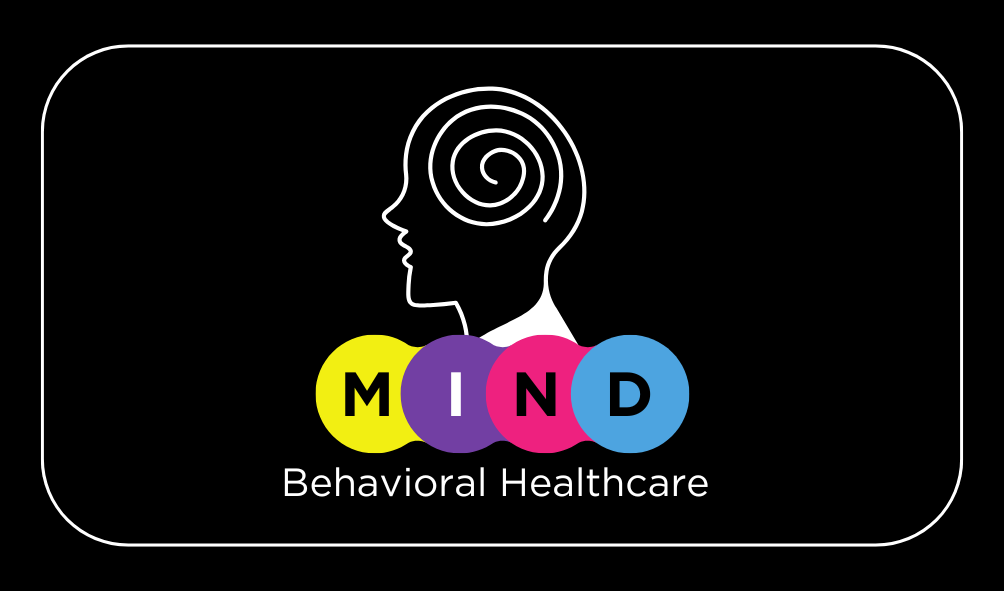
The mental health care industry plays a crucial role in providing support, treatment, and hope for individuals struggling with mental illnesses. Among the many services offered, behavioral health retreats stand out as a sanctuary for those seeking recovery in a structured, serene environment. However, concerns have arisen around “retreat behavioral health death,” a term that highlights tragic incidents and calls attention to safety and accountability in mental health care.
In this article, we’ll explore what behavioral health retreats are, the risks associated with them, and how to ensure safety when choosing a retreat.
What Is a Behavioral Health Retreat?
Behavioral health retreats are specialized facilities designed to provide therapeutic environments for individuals dealing with mental health challenges, substance abuse, or co-occurring disorders. These retreats often offer tailored treatments, including:
- Cognitive Behavioral Therapy (CBT): To address thought patterns.
- Group Therapy Sessions: For peer support and shared experiences.
- Holistic Approaches: Activities like yoga, meditation, and art therapy to promote well-being.
- Detox Programs: For individuals recovering from substance use.
Set in tranquil settings, these retreats aim to create an atmosphere of healing and recovery, away from the stresses of daily life.
Understanding “Retreat Behavioral Health Death”
The term “retreat behavioral health death” refers to unfortunate cases where individuals lose their lives while in the care of a behavioral health retreat. These incidents, though rare, are deeply concerning and warrant examination.
Potential Causes of Death in Behavioral Health Retreats
- Medical Emergencies: Mental health retreats often cater to individuals with complex health needs, including withdrawal symptoms or co-occurring physical conditions that may lead to emergencies.
- Negligence in Care: Inadequate supervision, improper medication management, or failure to respond to crises can result in tragic outcomes.
- Unregulated Facilities: Some retreats may not meet state or federal health care standards, leading to unsafe practices.
- Self-Harm or Suicide: Individuals with severe mental health challenges may face heightened risk during treatment.
Safety Measures for Behavioral Health Retreats
To minimize risks and ensure that retreats remain places of healing, it is essential to implement and follow stringent safety measures:
1. Licensing and Accreditation
- Ensure the retreat is licensed by the state and accredited by recognized health organizations like the Joint Commission or CARF International.
- Accreditation signifies adherence to high-quality care standards.
2. Qualified Staff
- Verify that the retreat employs licensed psychiatrists, therapists, and medical professionals.
- Staff should have experience handling mental health crises and emergencies.
3. Medical Support On-Site
- Facilities should have 24/7 medical staff available to respond to emergencies.
- Emergency protocols, including access to nearby hospitals, should be clearly defined.
4. Comprehensive Assessments
- A thorough evaluation of the individual’s mental and physical health should be conducted before admission.
- Tailored treatment plans should address specific needs and potential risks.
5. Open Communication
- Family members and loved ones should have access to regular updates on the patient’s progress.
- Transparency about treatment methods and facility policies is essential.
How to Choose a Safe Behavioral Health Retreat
If you or a loved one is considering a behavioral health retreat, it’s crucial to do your research. Here are steps to ensure safety:
Research the Facility
- Read reviews and testimonials from former patients.
- Look for any history of complaints or legal issues involving the retreat.
Visit the Location
- Tour the facility to assess cleanliness, organization, and overall atmosphere.
- Speak with staff members to gauge their expertise and compassion.
Ask the Right Questions
- What is the staff-to-patient ratio?
- Are emergency medical procedures in place?
- What therapeutic approaches are used, and are they evidence-based?
Check Credentials
- Confirm the retreat’s licensing and accreditation.
- Verify the qualifications of medical and therapy staff.
Steps to Prevent Future Tragedies
To reduce incidents related to “retreat behavioral health death,” the mental health care industry must prioritize the following:
- Stricter Regulations: Governments and health organizations should enforce stringent licensing and operational standards.
- Regular Audits: Facilities should undergo periodic inspections to ensure compliance with safety protocols.
- Increased Awareness: Patients and families must be educated about choosing safe and reliable retreats.
- Accessible Reporting: Create systems for patients and families to report concerns or misconduct without fear of retaliation.
Final Thoughts
Behavioral health retreats provide hope and healing for countless individuals, but the tragic reality of “retreat behavioral health death” highlights the need for vigilance, accountability, and continuous improvement. By prioritizing safety, transparency, and proper care, these facilities can maintain their purpose of fostering recovery and support.
If you’re considering a behavioral health retreat, take the time to research thoroughly and ask questions. The priority should be your health and safety.
Leave a Reply